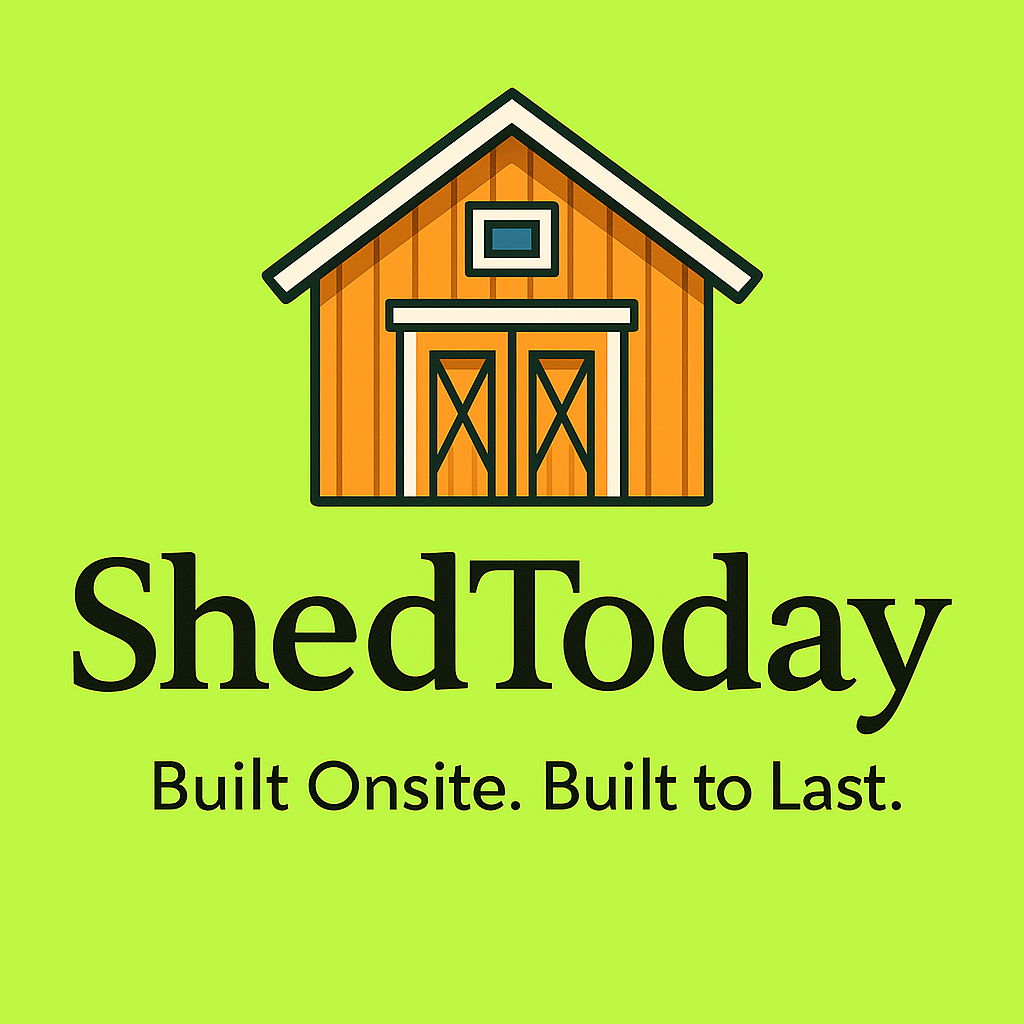Why a Strong Shed Foundation Starts with the Ground?
When it comes to building a shed, many people think it’s as simple as dropping a few blocks on the ground and assembling the floor on top. But the truth is, the foundation of your shed is everything—and it all starts with the ground beneath it.
At ShedToday, every shed we build begins with one critical step: leveling the ground properly. Just like a house or any permanent structure, a shed needs a solid, level base to ensure its strength, durability, and long-term stability.
Why Ground Preparation Matters
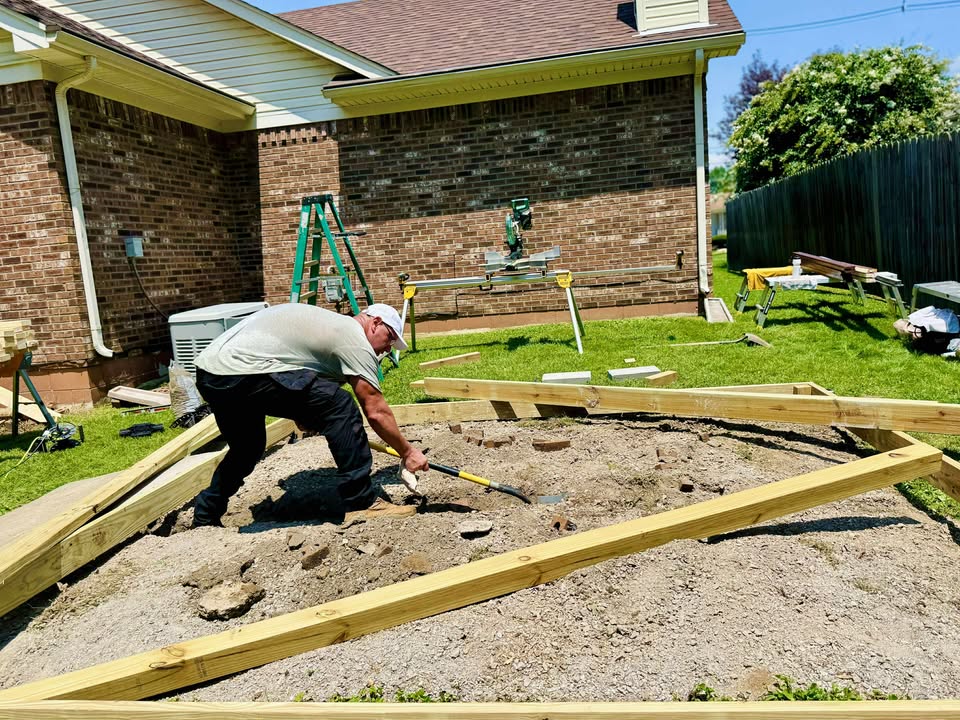
Before we ever place a block or lay down a board, we evaluate your site. Every yard is different. Some properties have a gentle slope, others are uneven or soft in certain spots. If one side is higher than the other and the shed isn’t leveled properly, it can lean, shift, or even become unsafe over time.
We often spend hours—or even a full day—just leveling the site, digging down high spots or building up low areas with gravel or solid blocks to create a strong base that will last.
Shed Foundations Aren’t One-Size-Fits-All
Every build site is unique, and that’s why foundation work is customized to your property. Some homeowners prefer their sheds to sit close to the ground for easier access or a more discreet appearance. Others want their shed elevated on concrete blocks or piers to avoid water runoff, improve airflow underneath, or work around sloping terrain.
We help you choose the best foundation type based on:
- Your ground level
- How much drainage is needed
- The look and function you want
- The kind of shed you’re installing
What’s the Best Foundation for a Shed?
A lot of customers ask:
“Should my shed sit low to the ground, be elevated, have gravel underneath, or sit on concrete?”
The short answer: It depends on your yard and how you plan to use the shed. Here’s a quick guide to help you decide:
✅ Closer to the Ground
- Best for: Flat, well-drained ground
- Pros: Easy to access, neat look, simple installation
- Cons: Can hold moisture if yard doesn’t drain well
✅ Elevated Shed Base (on blocks or piers)
- Best for: Sloped or wet areas
- Pros: Protects the shed from moisture, improves airflow, helps prevent wood rot
- Cons: May require steps or ramps, takes more time to level properly
✅ Gravel Foundation
- Best for: Most types of sheds
- Pros: Budget-friendly, excellent drainage, reduces shifting
- Cons: Needs a frame or border to hold gravel in place
✅ Concrete Pad
- Best for: Large or heavy-duty sheds, garages, workshops
- Pros: Permanent, solid, perfectly level
- Cons: Higher cost, not movable, may require permits
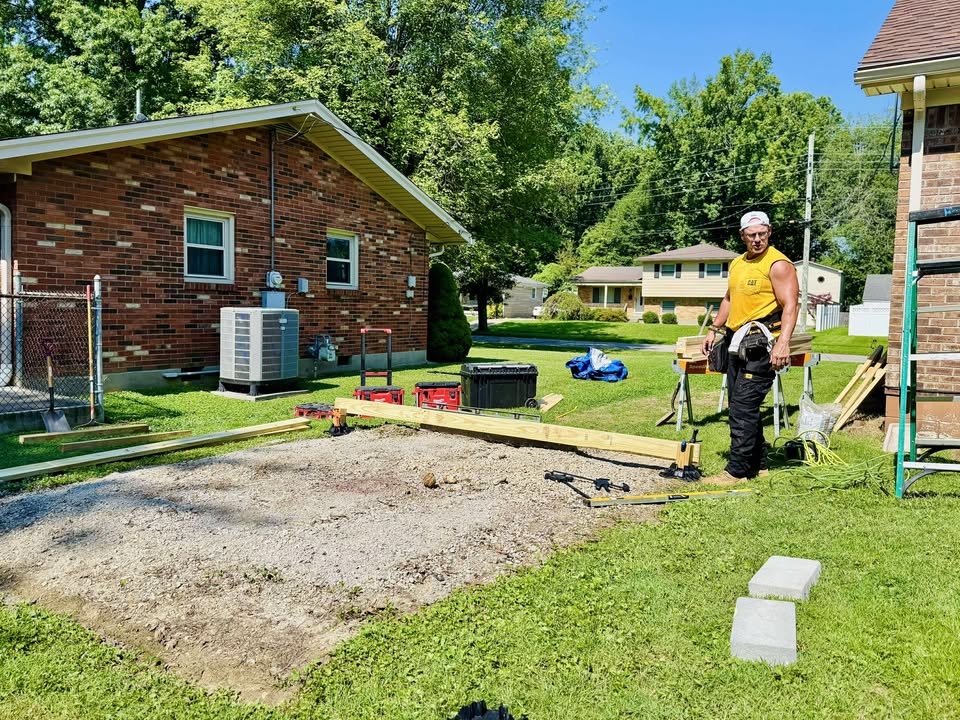
Our Recommendation
Not sure what’s best? That’s what we’re here for. We start every build with a free site check. We evaluate your land and your goals and recommend the most stable, long-lasting foundation based on:
- Your yard layout
- Weather patterns in your area
- How much weight your shed will carry
- Your budget and timeline
Why You Shouldn’t Skip Foundation Work
Skipping proper foundation work might save a few bucks up front—but it can cost you big in the long run.
- Doors may not open or close properly
- Floors may warp or sag
- Water can damage the base
- The shed could shift or lean over time
We treat every shed like a small building—from the ground up.
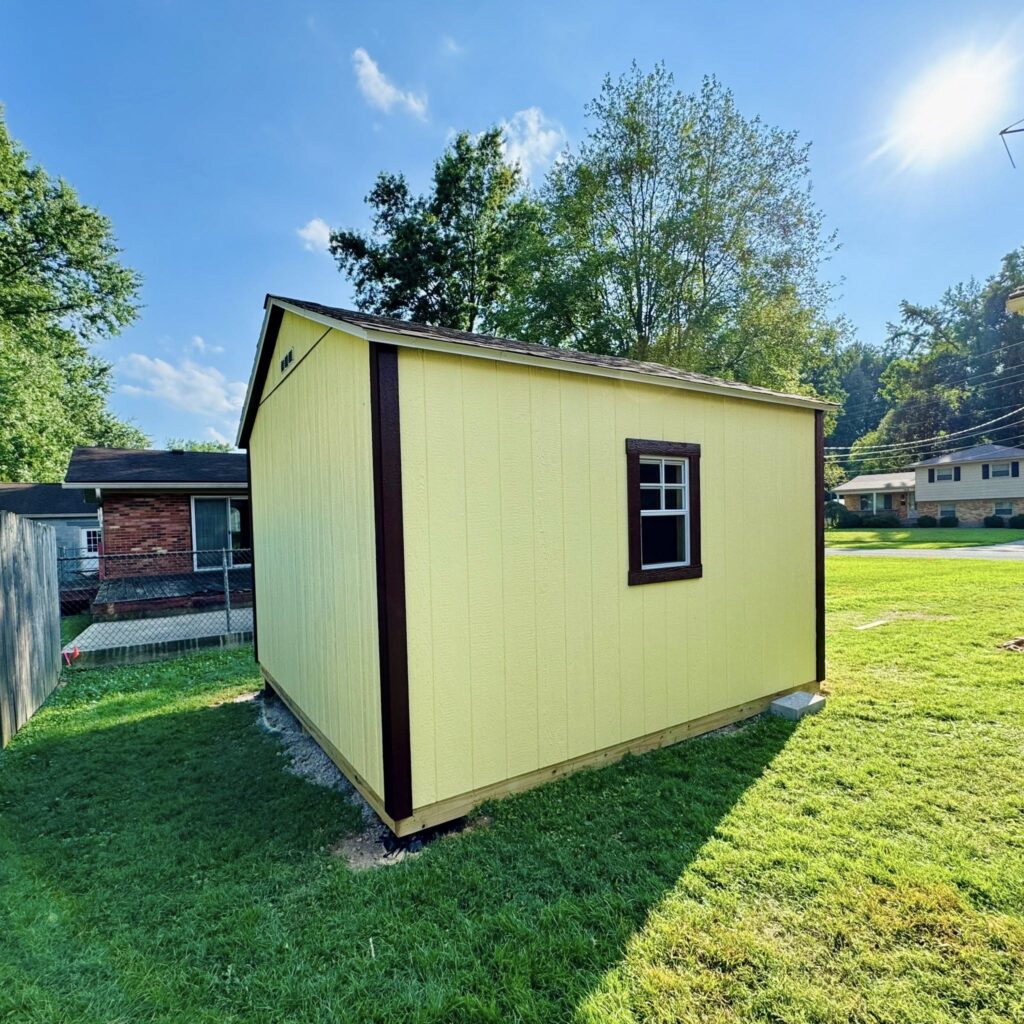
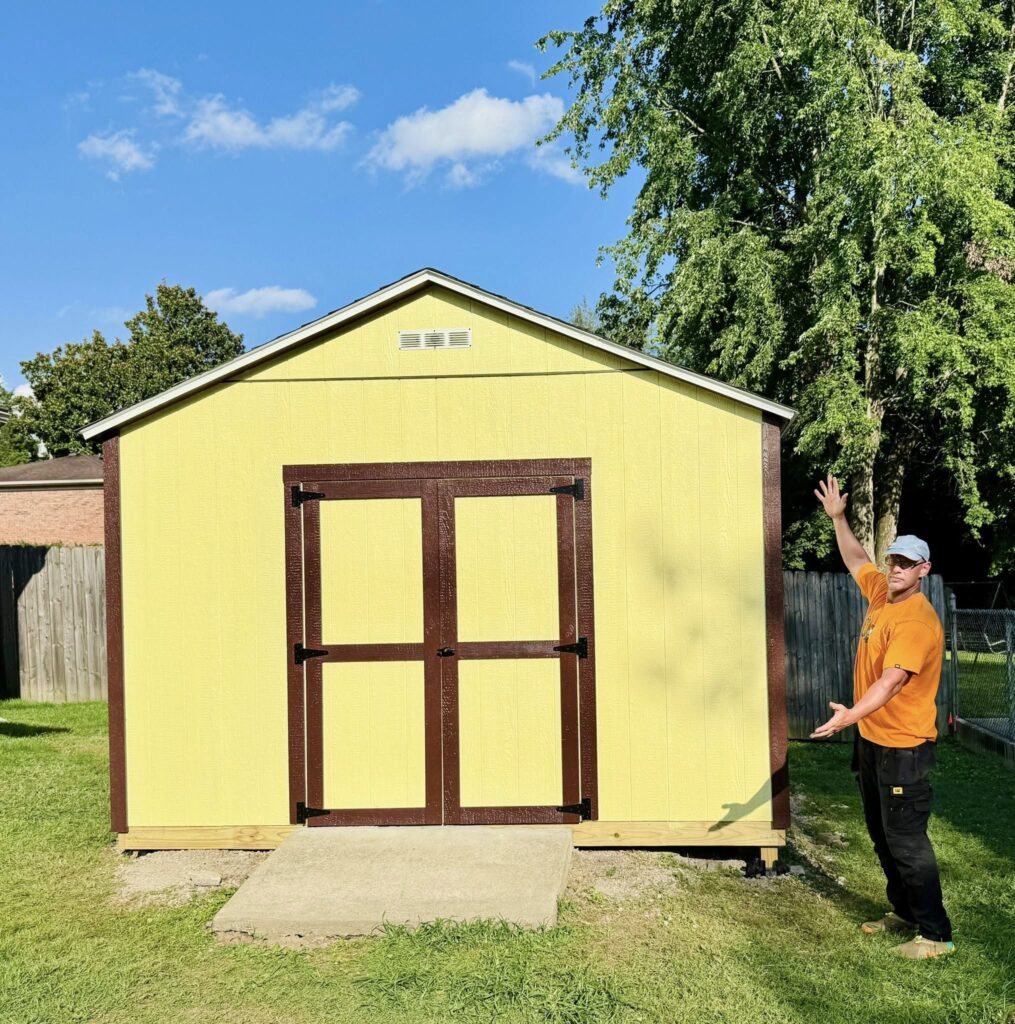
Built On Site. Built to Last.
When you hire ShedToday, you’re getting more than just a storage unit. You’re getting a custom-built structure, installed directly on your property, with the right foundation to support it for years to come.
📍 Serving Louisville, KY and surrounding areas.
📞 Ready to get started? Contact us today for a quote or free site evaluation.
